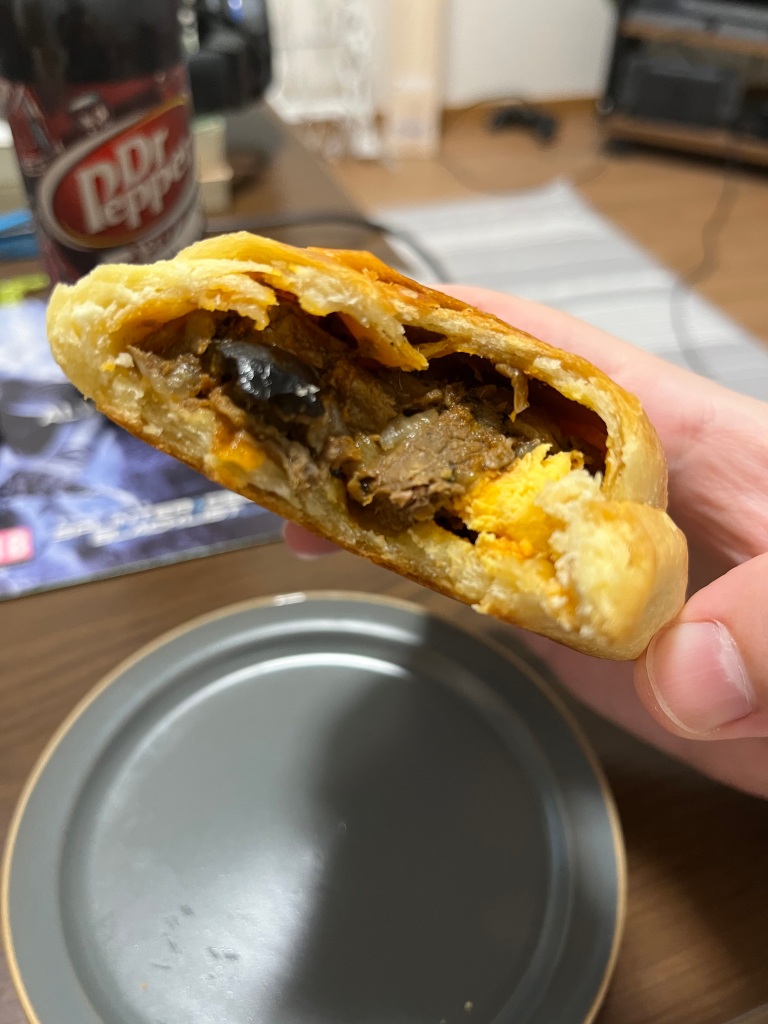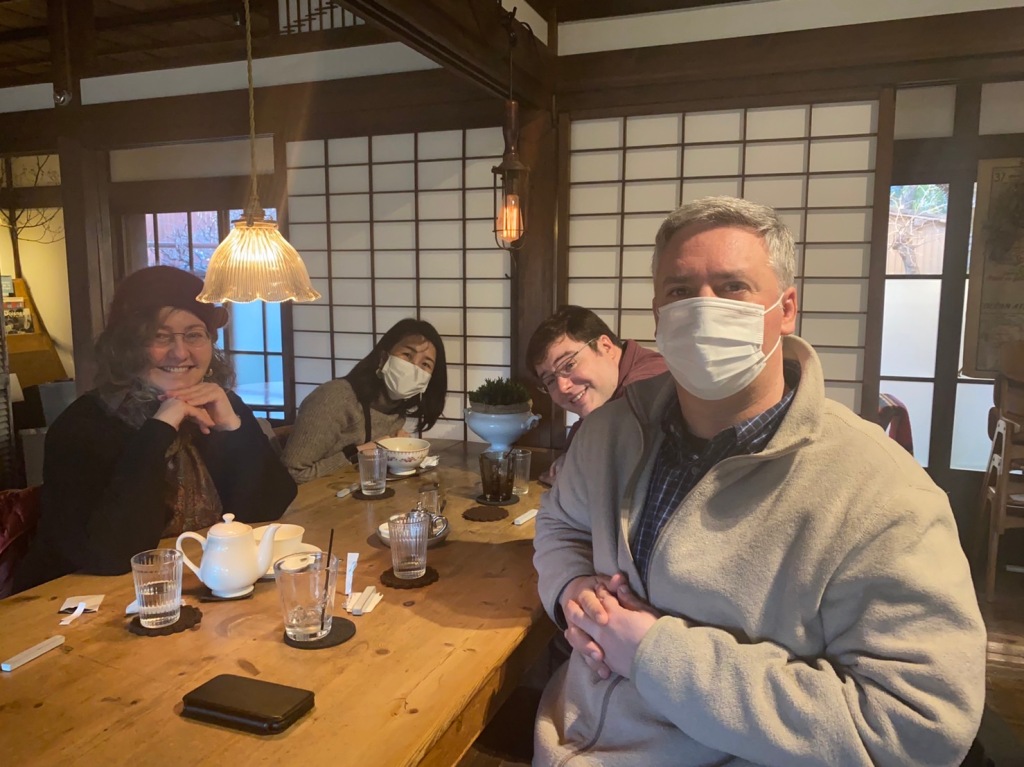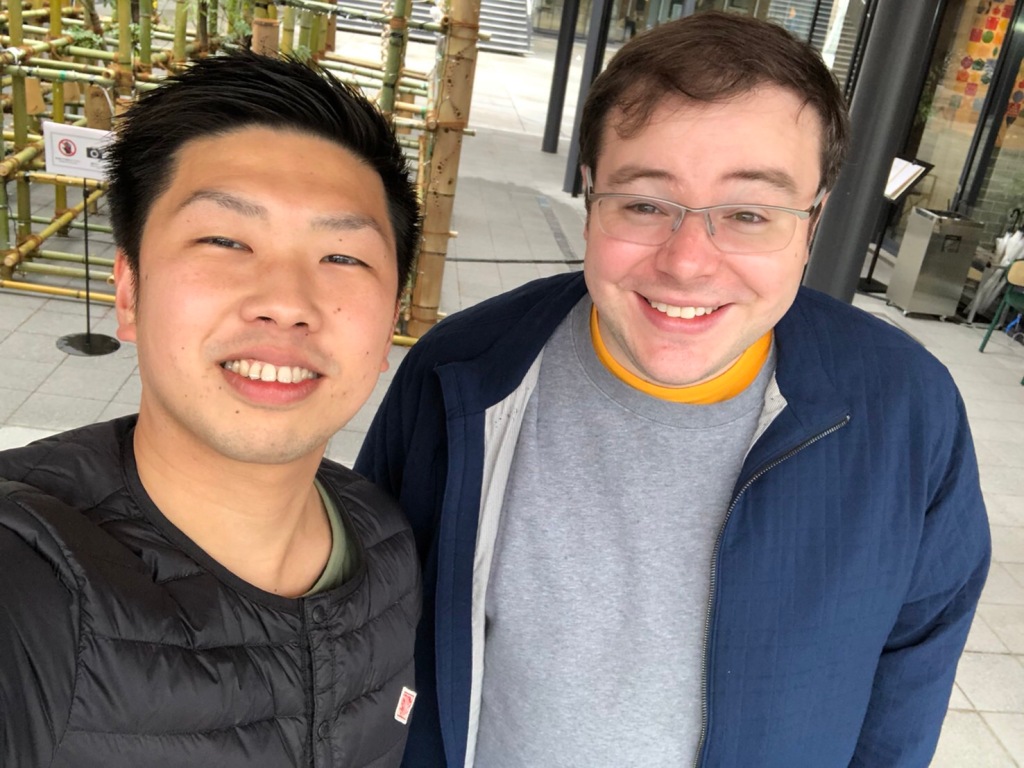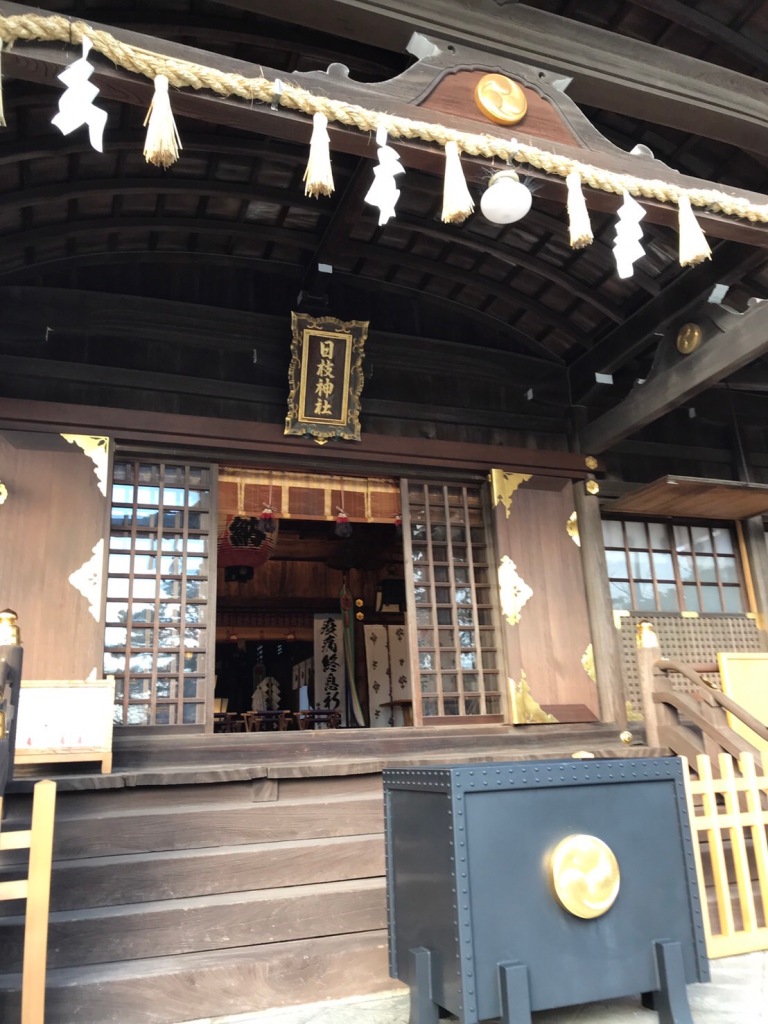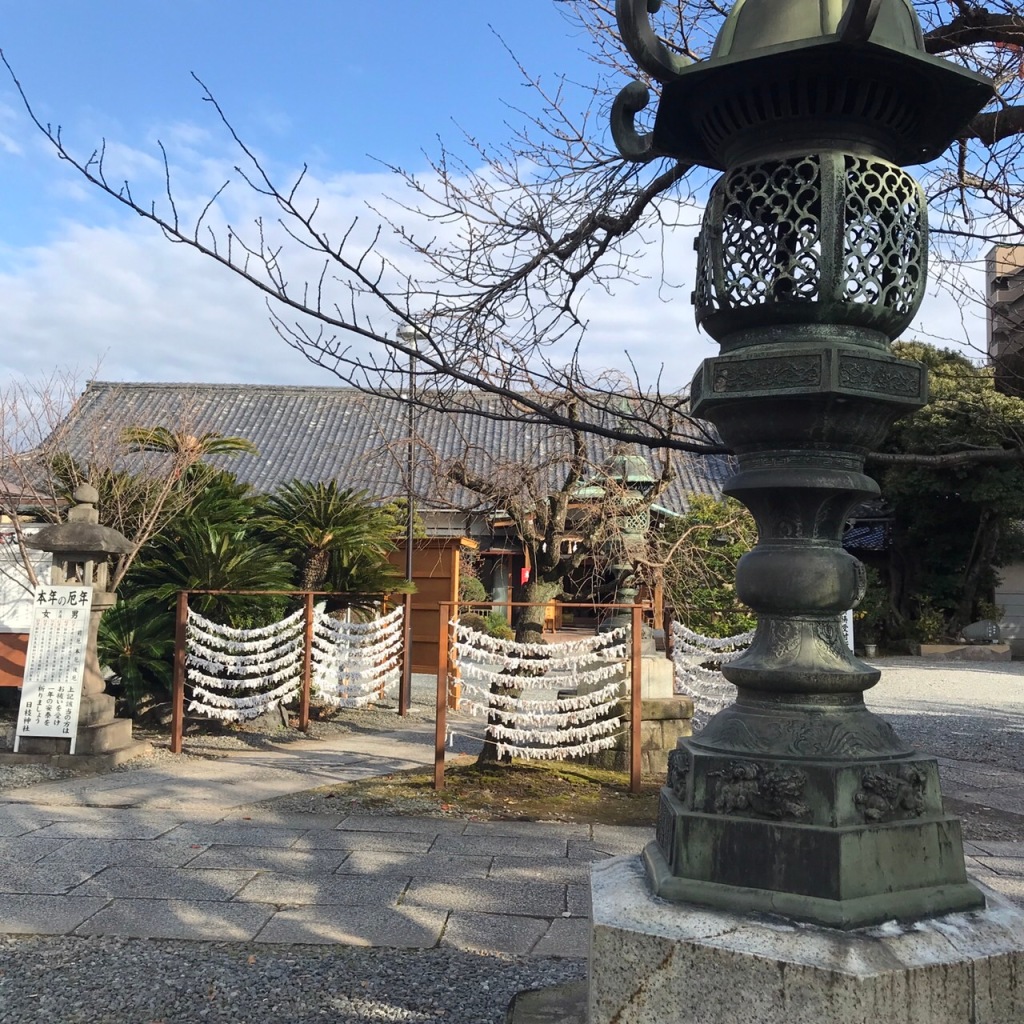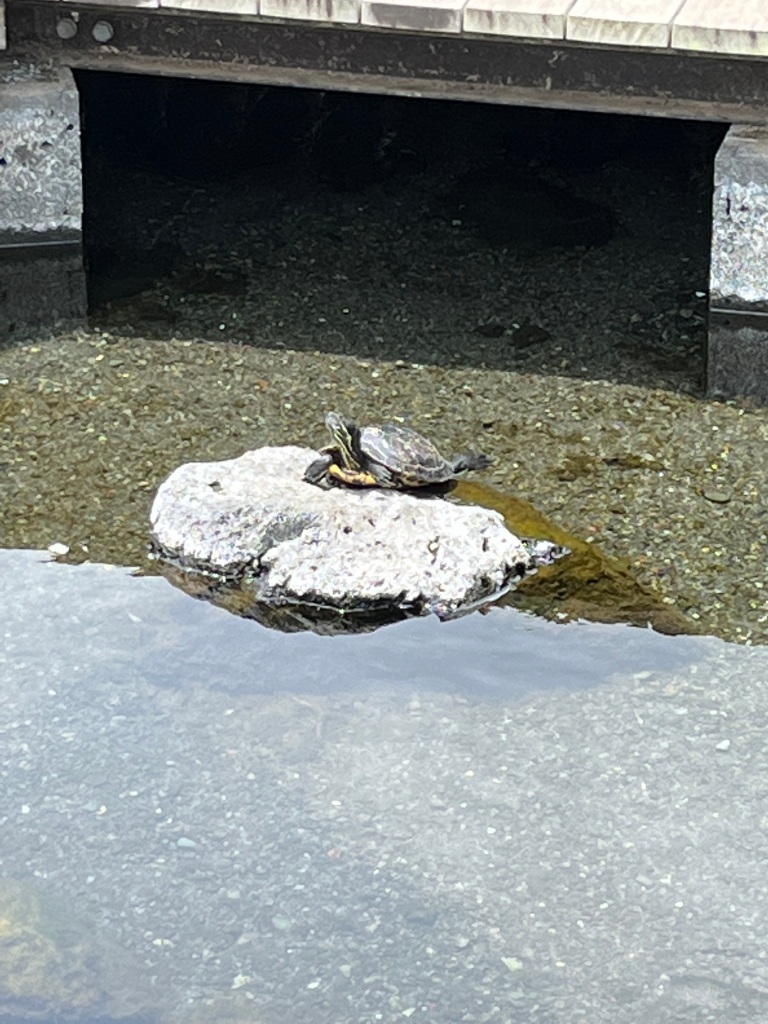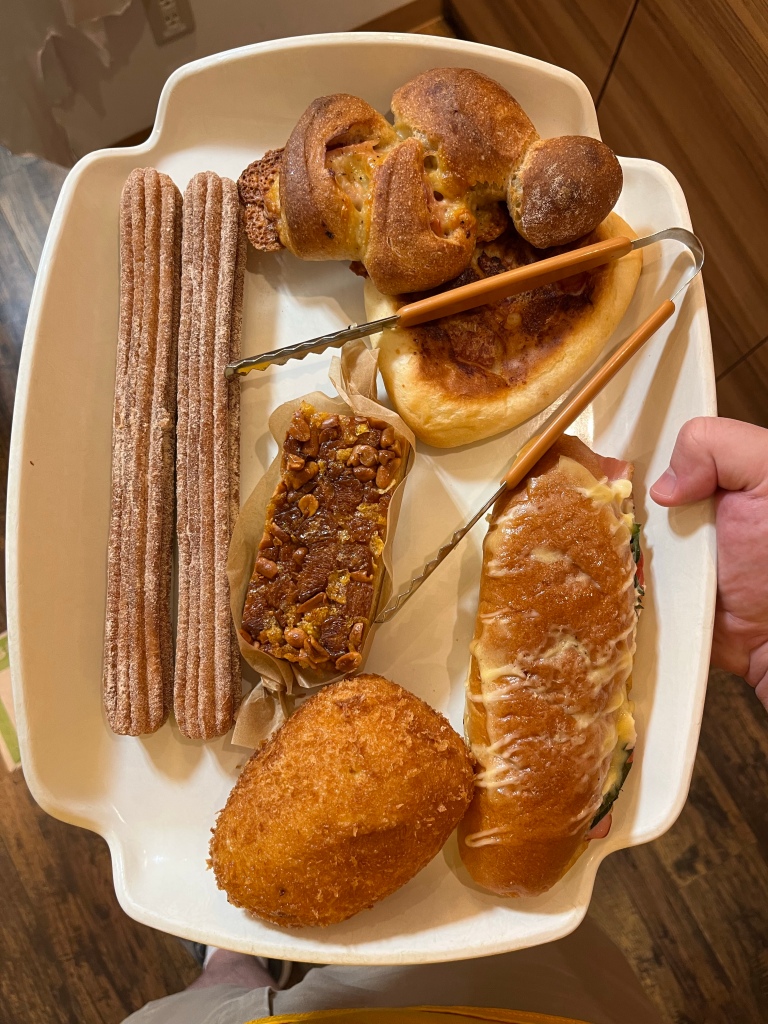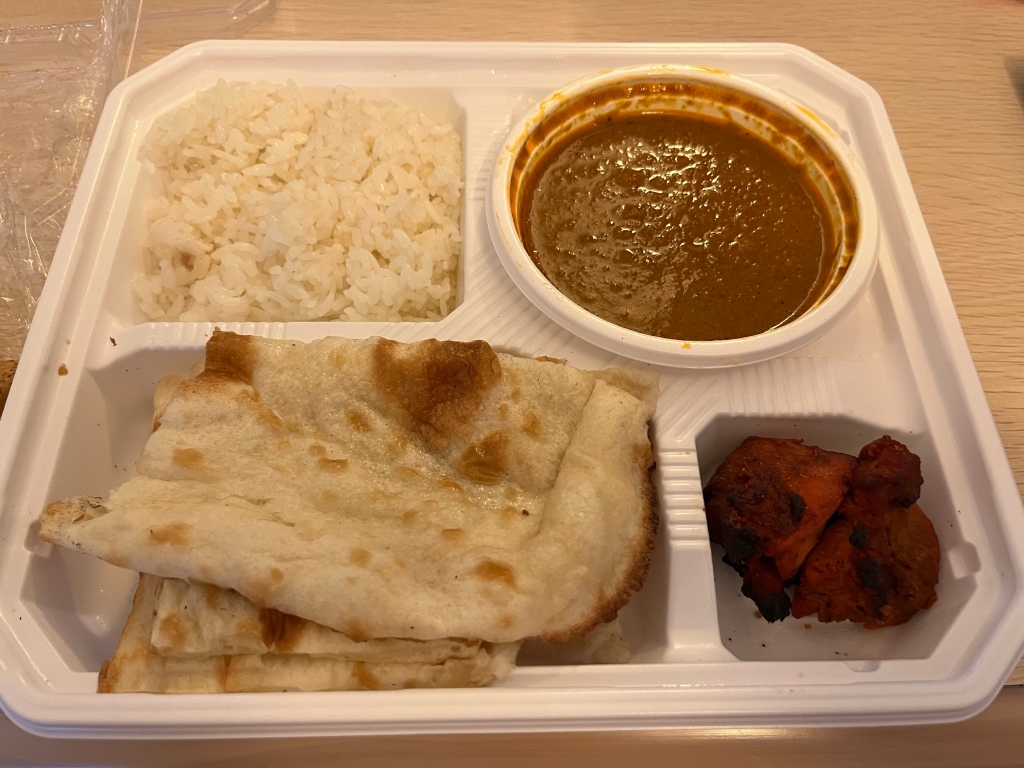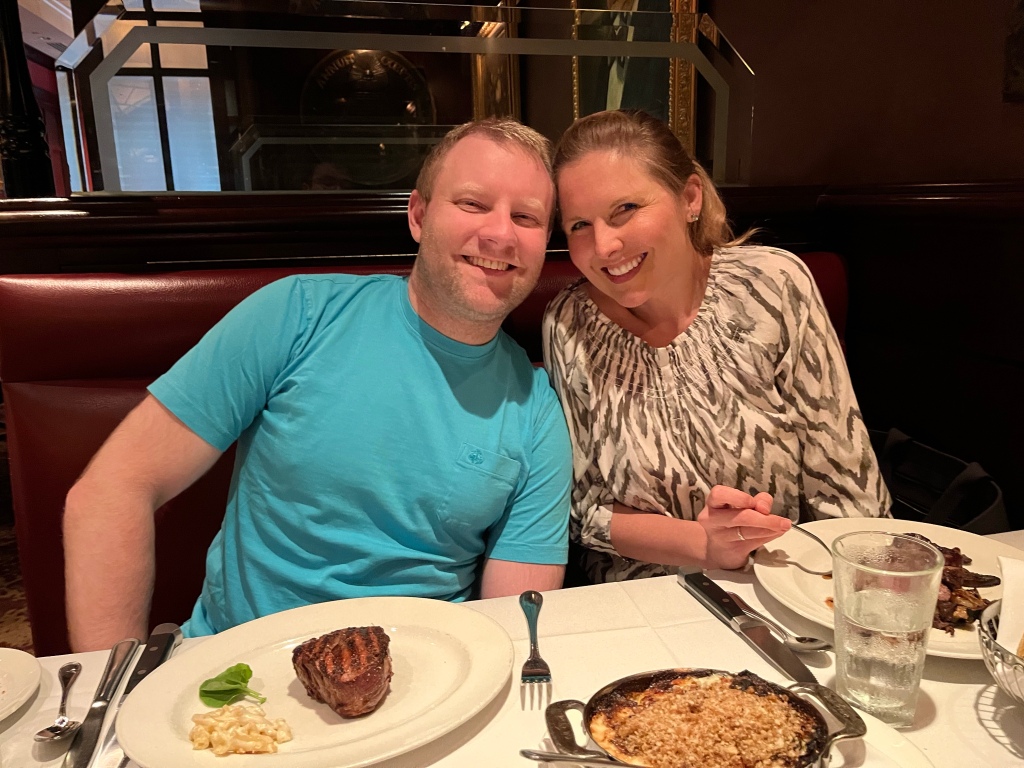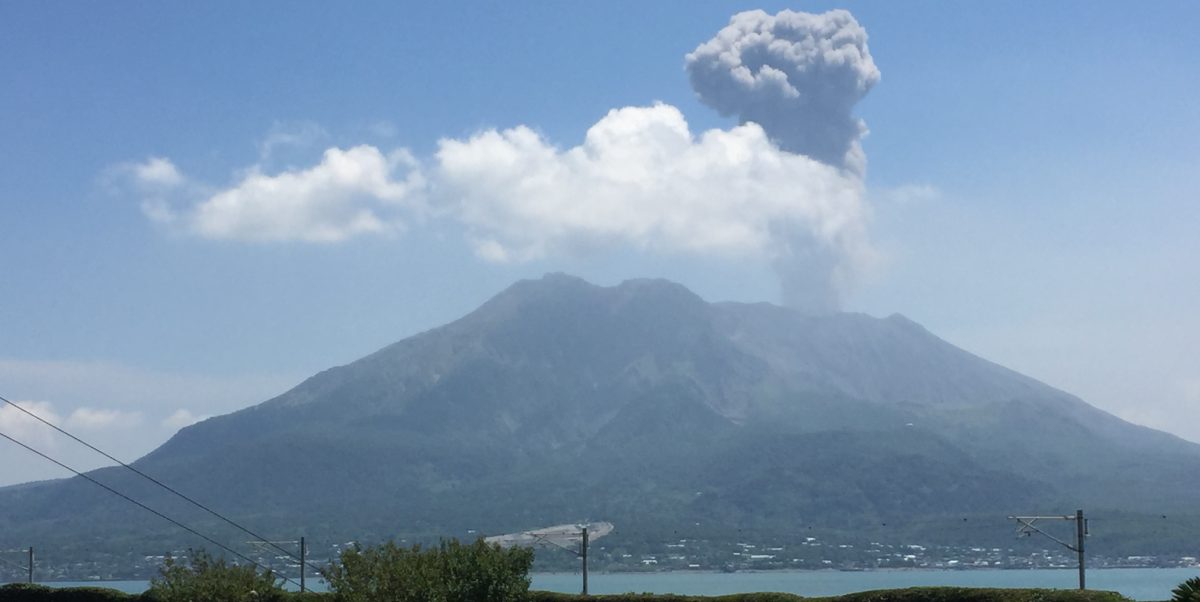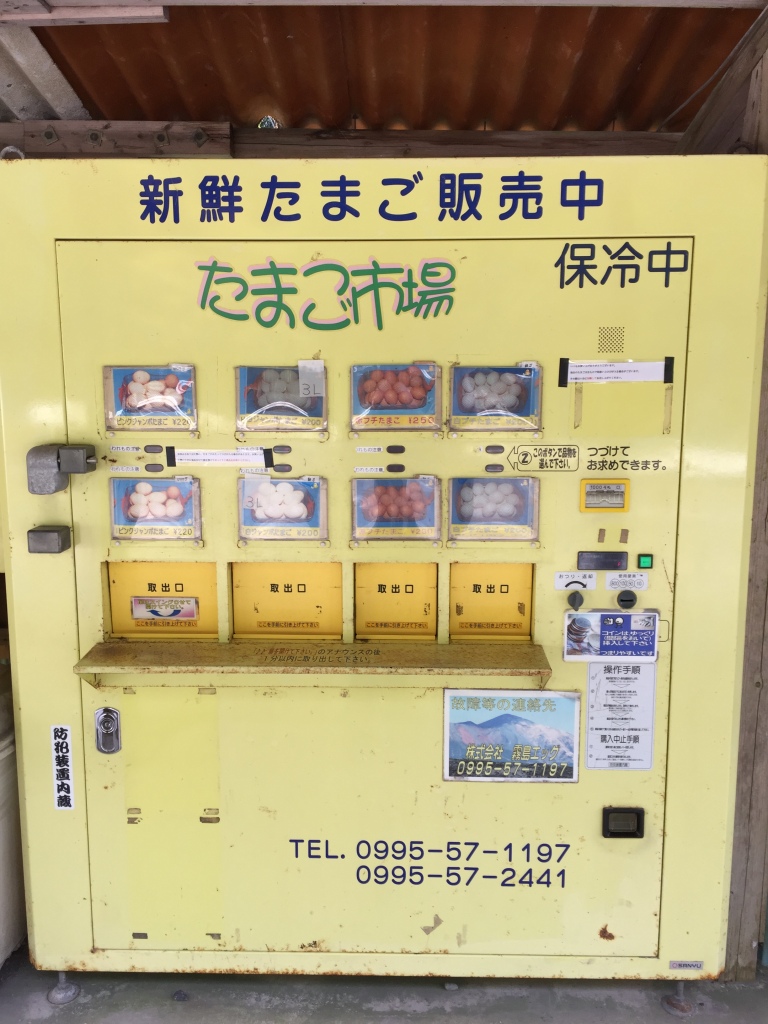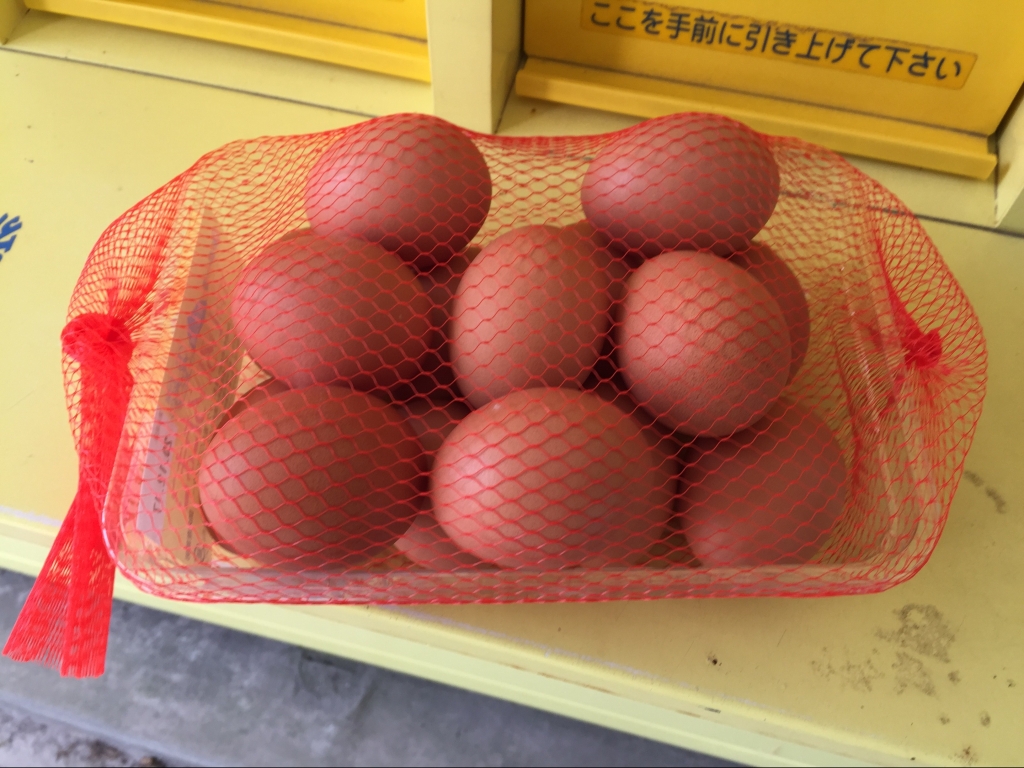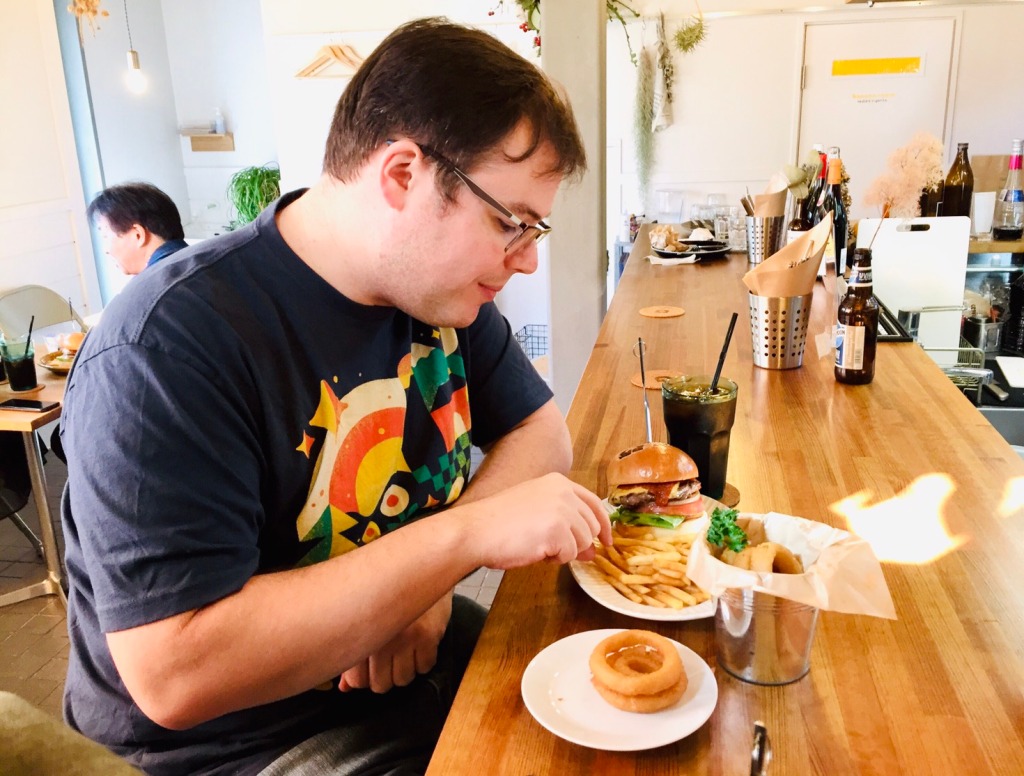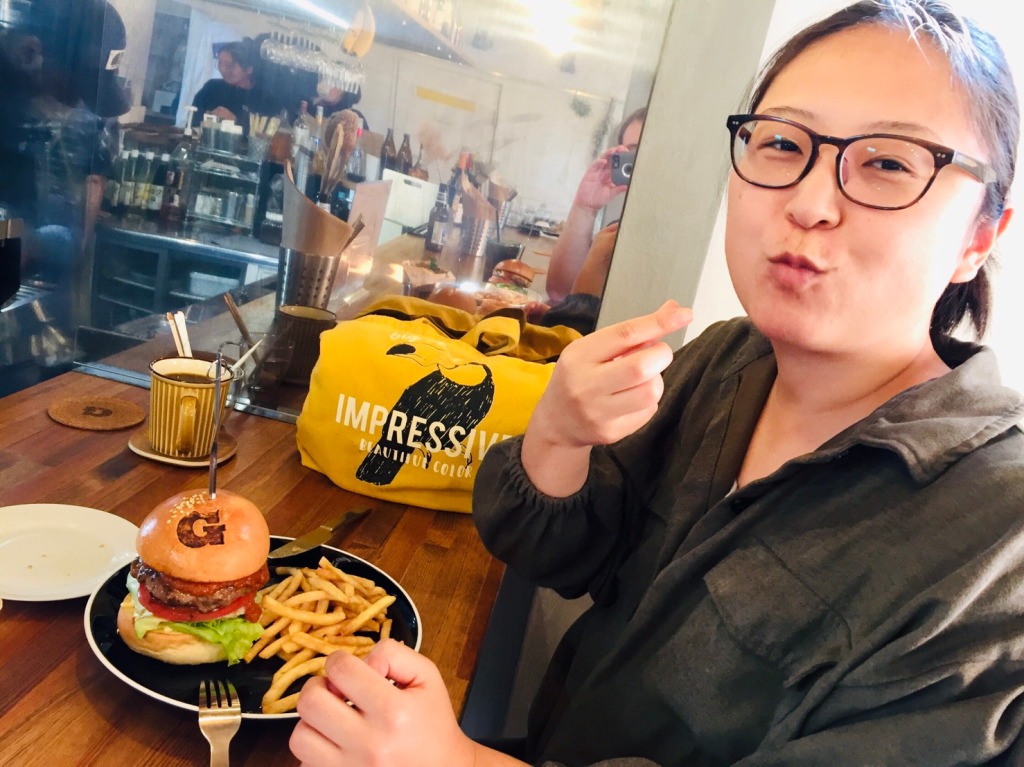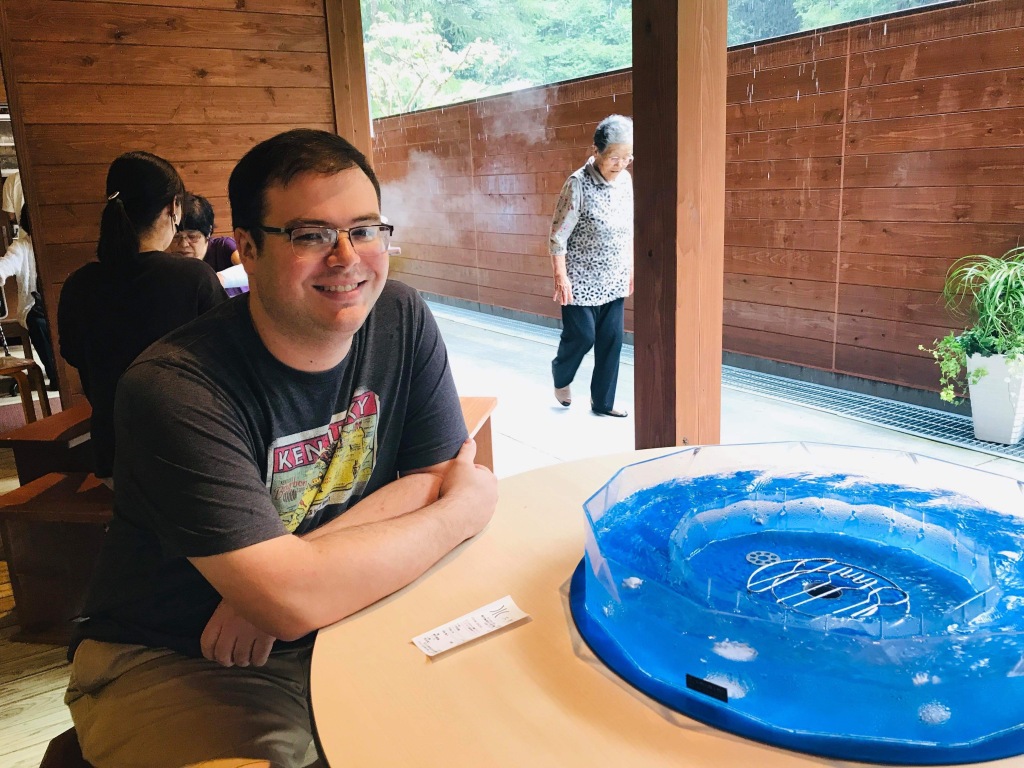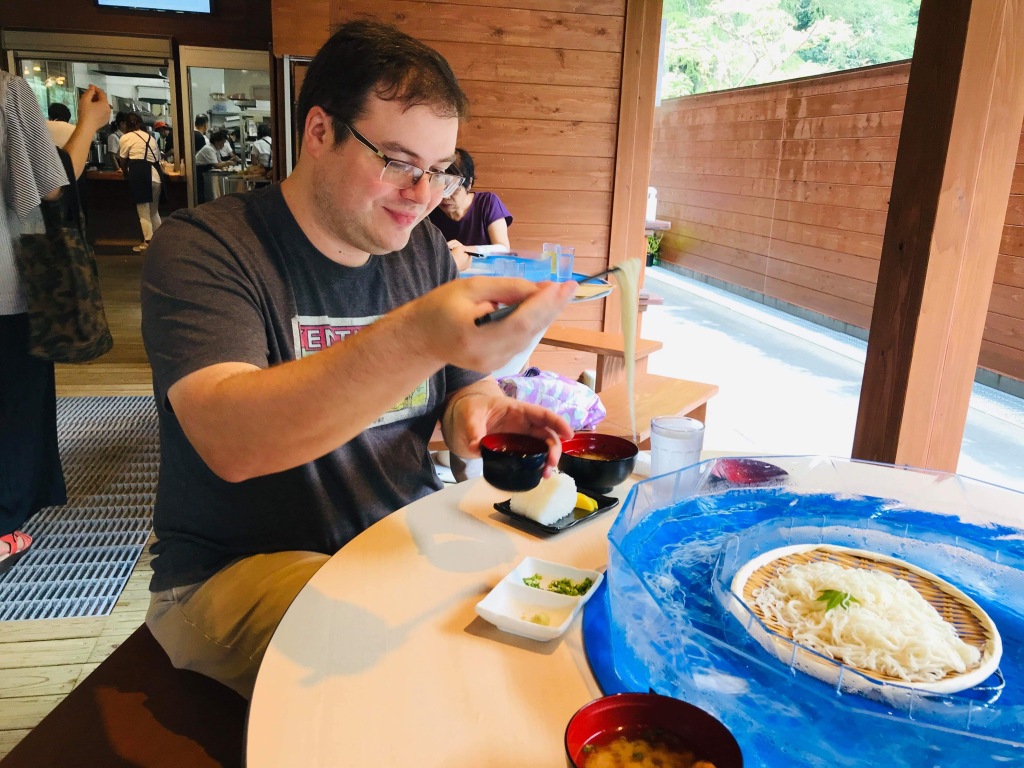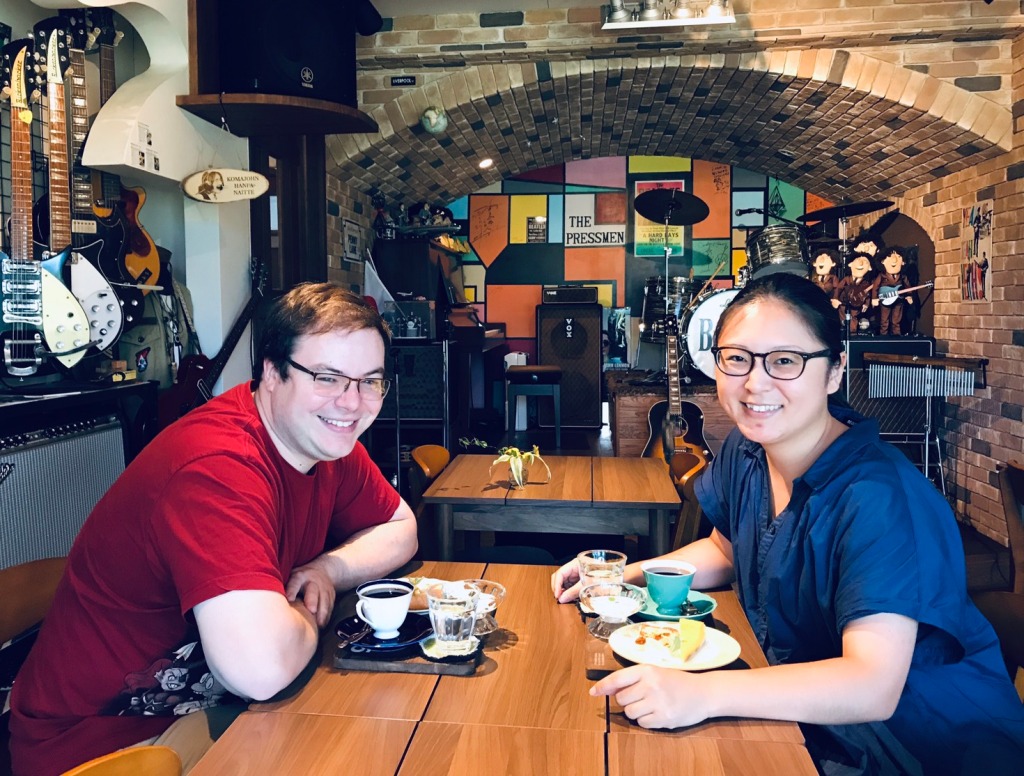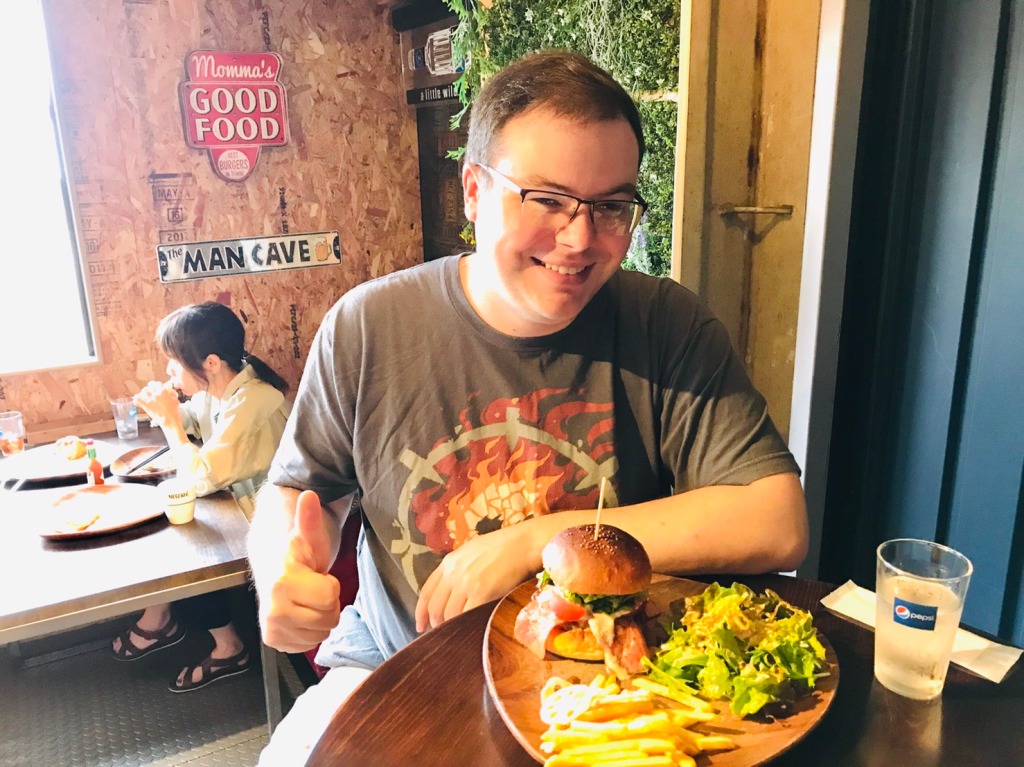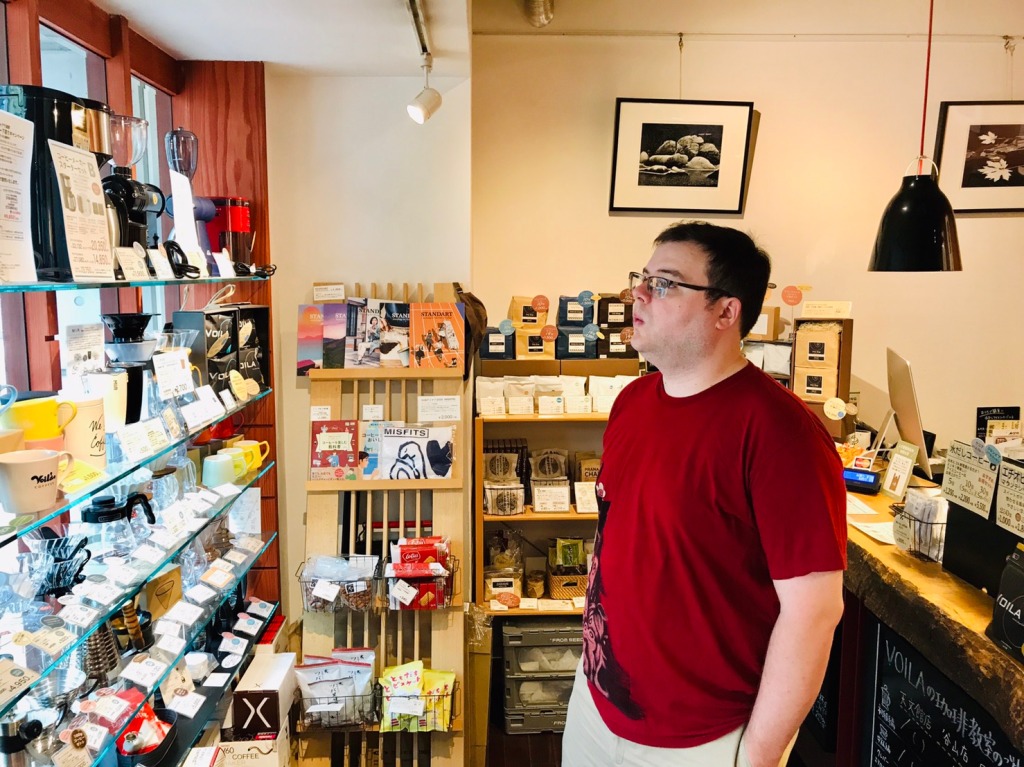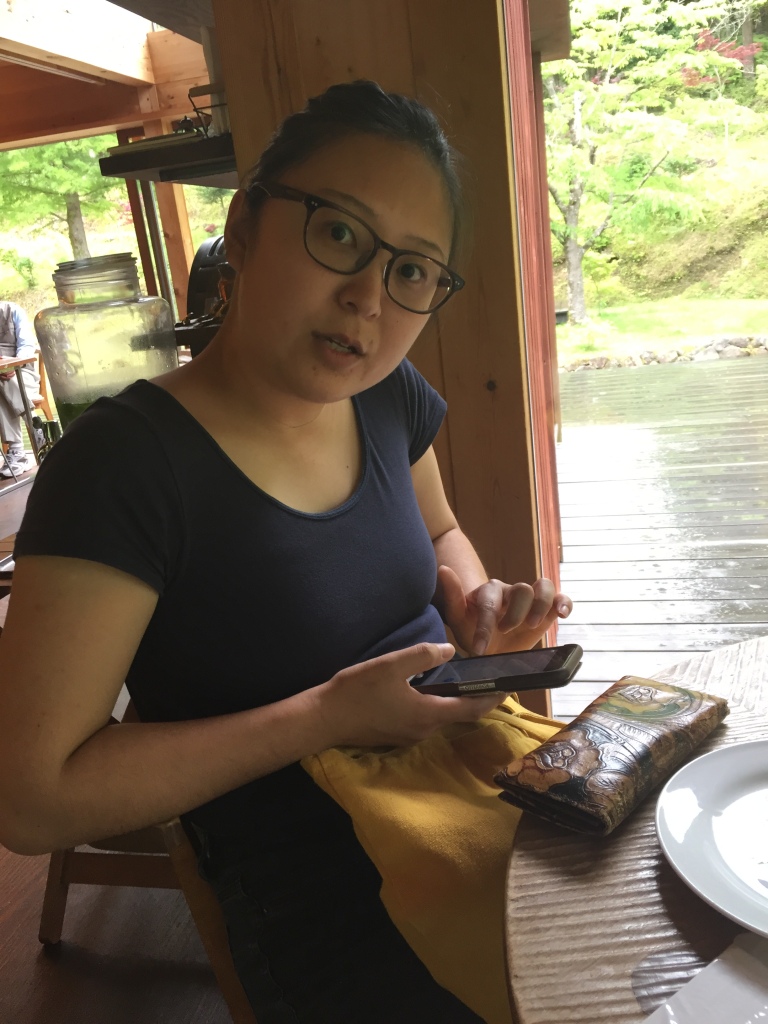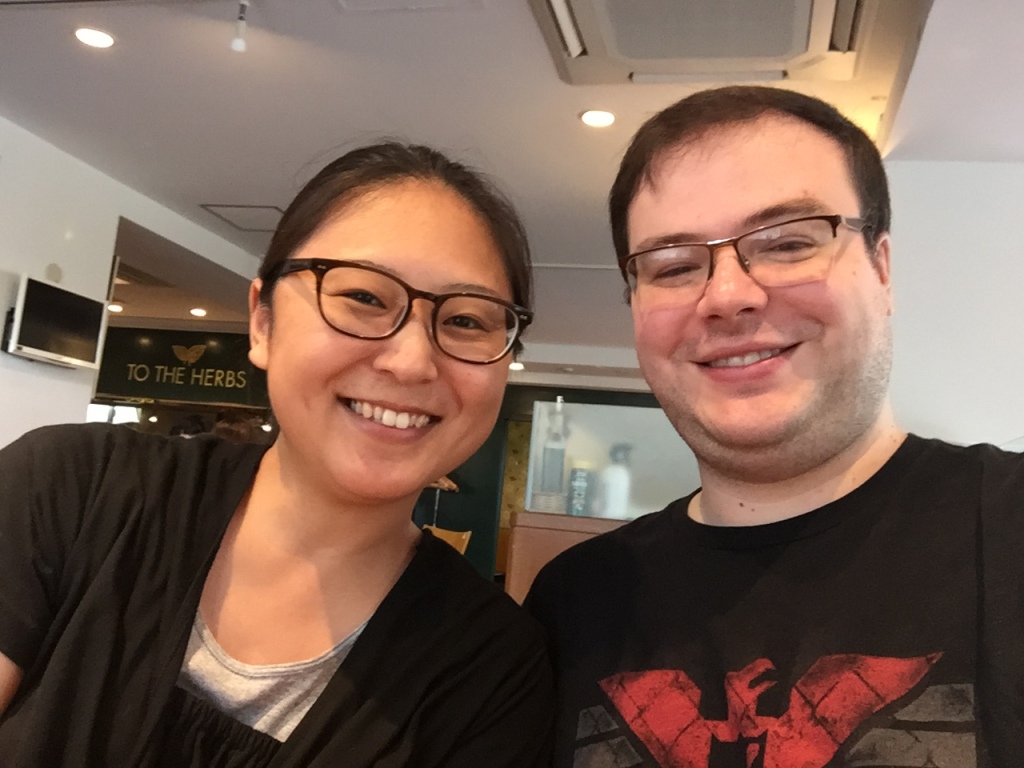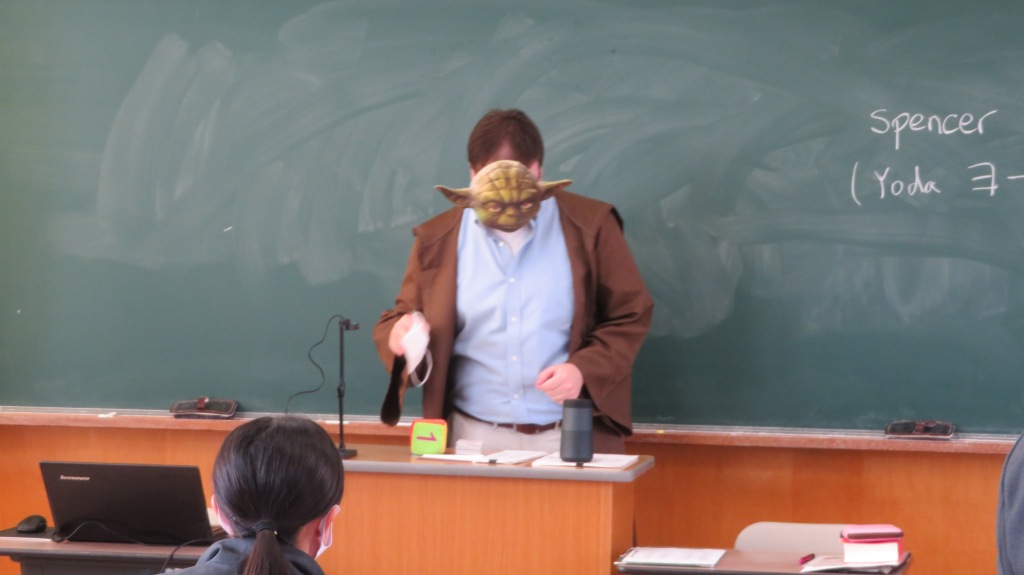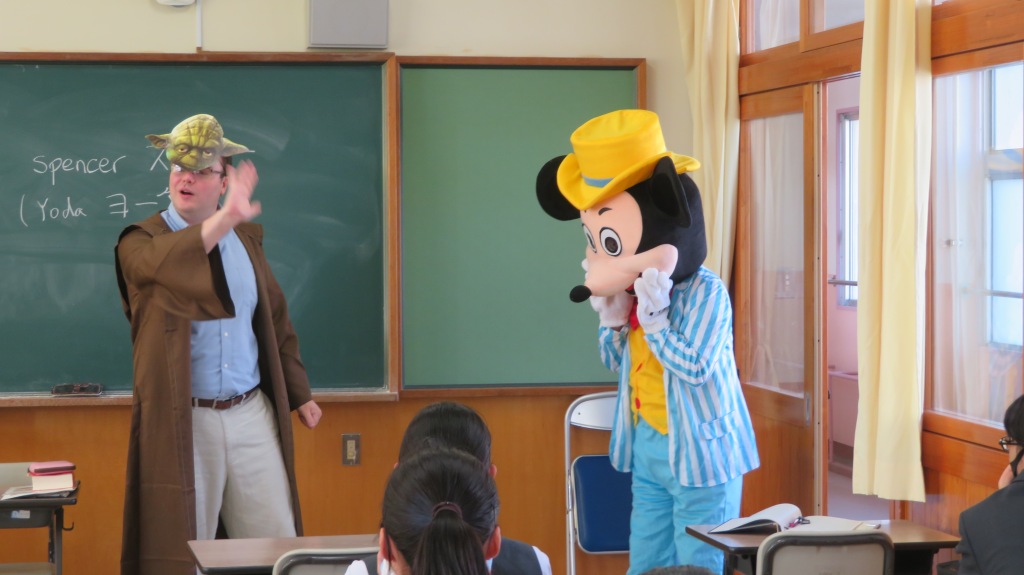The title of this post was going to be “A Heart and Soul Torn in Two” – but holy wow does that sound way too dramatic. Of course, a reasonable person is probably now wondering what on earth I’m going to write about that overlaps between those two titles…
I mostly write about Japan in this blog, and there’s probably still going to be a healthy helping of such talk this time. After all, I’m writing this post somewhere over the Pacific Ocean, somewhere between Seattle and Tokyo. (In a first-class seat, no less – one of my earlier posts can probably sum up that experience pretty well).
But the U.S. has also got a large role to play here – I am, after all, returning from a three-week trip to my home country, visiting for the first time in over four years. I don’t think leaving has ever been so difficult, not in the least because my friends and family pandered to my every whim pretty much the whole time I was there. But another reason it was difficult was because I came to the simultaneously uncomfortable but also enlightening realization that I’m never going to feel quite complete as a person unless both my original home and my new home have some part in my life.
JETs, ALTs, and other expats who’ve in Japan will understand completely, I think. But I also think this feeling would be understood by anybody who has ever found themselves referring to two or more different places when they speak or write sentences that has the word “home” in it.
Some of you know that since my last post, almost two years ago, I now live and work in a different part of Japan, Shizuoka. (Picture where you’d need to be standing to take a majestic picture of Mt. Fuji. I’m there.) I’m not going to comment on the wisdom of hiring me to teach an English class – my school made that choice and now they’re stuck with me – but one of the things we talk about in my class in the subtlety of connotation. Most words are not neutral entities – the best ones evoke feeling, sights, smells, memories… Consider the difference between referring to your “house” and your “home” and you’ll have a good idea what I mean (and without having to listen to me talk about for 30 minutes, unlike my poor students).
But to get back to my point – I have found myself using the word “home” when referencing Winchester, Lexington, Satsumasendai, and now Numazu. There is a part of myself in the people, places, and memories of all of those cities, just waiting to be rediscovered and rekindled at any time. That also means that I often find myself thinking of those places when times are tough, or I feel unsure or confused. Despite my best efforts, I’ve become something of a “we do this way in America…” guy when I’m in Japan and a “we do it this way in Japan” guy when I’m in the U.S. (It’s not the worst guy or gal to be, you just gotta make sure your audience is a receptive one when you’re making the comparisons.)
But back to my very first point – with spiritual investment in so many places, it was easy for me to go to the analogy of being torn, split, or divided. And that analogy isn’t really wrong but it’s not the whole truth either. I’m really the same person no matter where I am, but with two different cultures of experiences within me, regardless of where I physically am, I’m a better, sweeter, and (not coincidentally) bigger cookie. Because living abroad and immersing yourself in another culture not only enables you learn about that culture, but also fosters an appreciation for your own culture that, quite frankly, is impossible if you’ve never existed outside it for a while.
After writing this post more than a month ago, it’s been hanging out in my drafts without seeing the light of day… so rather than letting it continue to languish, I’ll just abruptly cut it off and post it! Enjoy.


